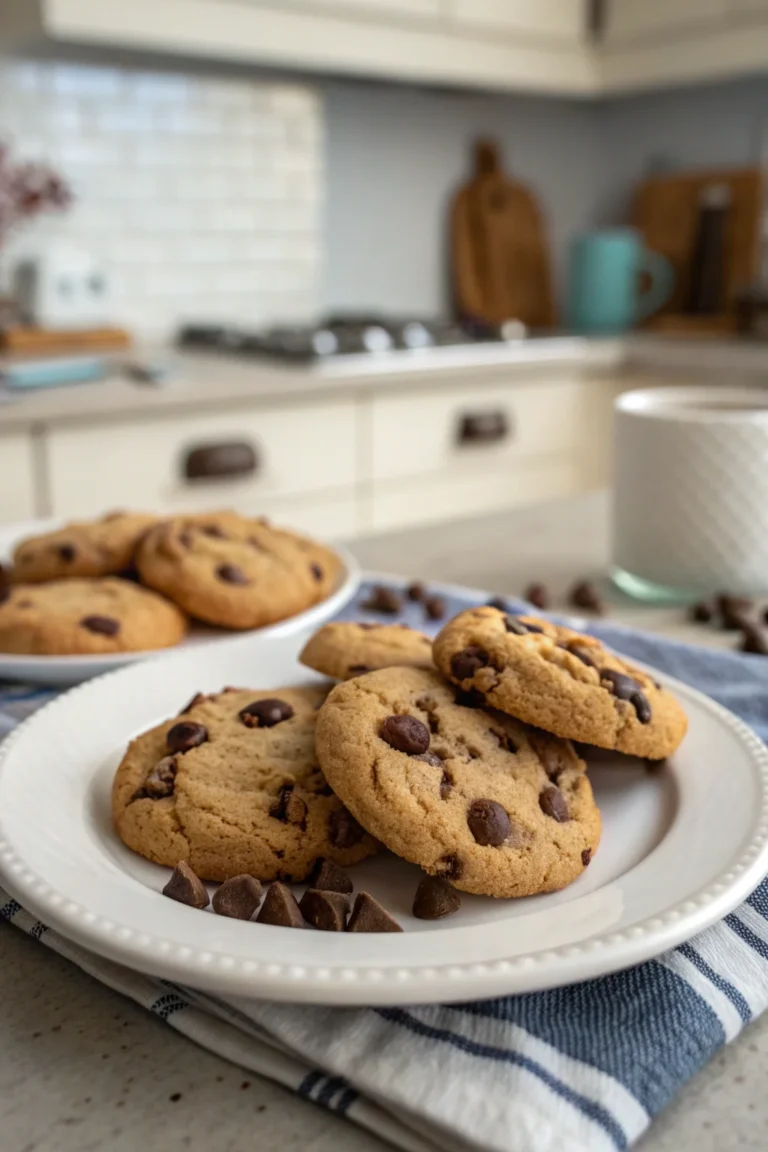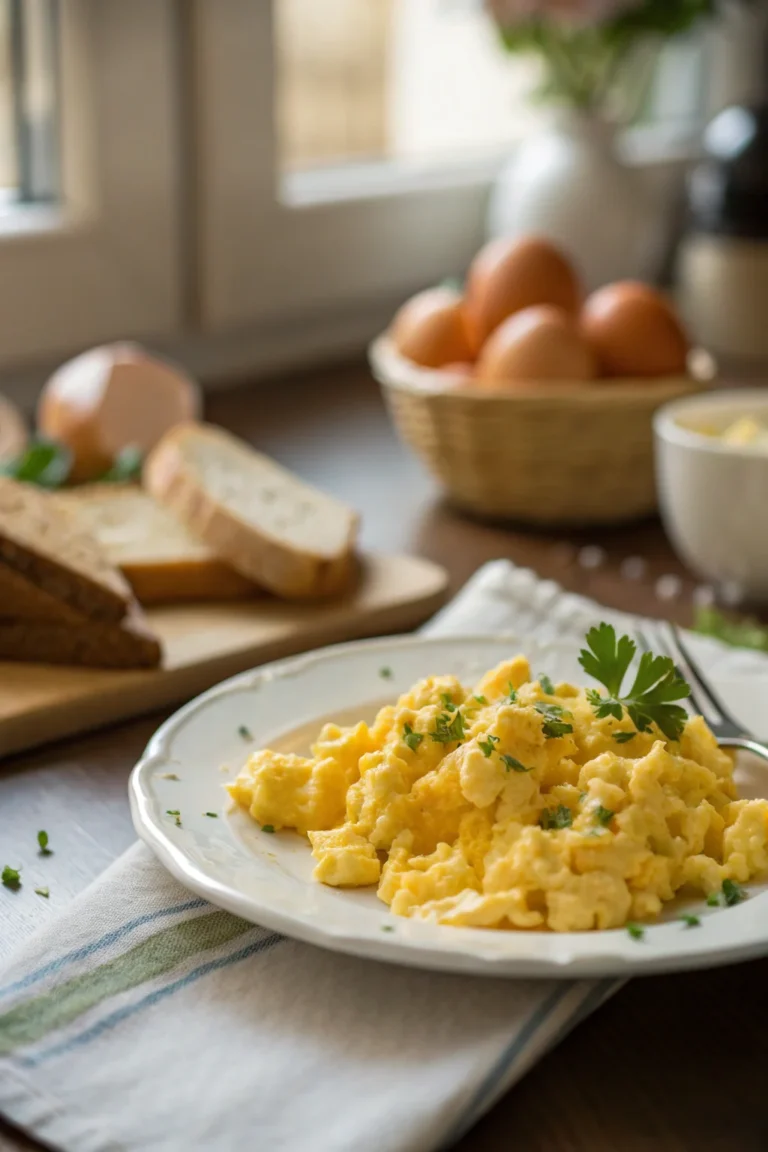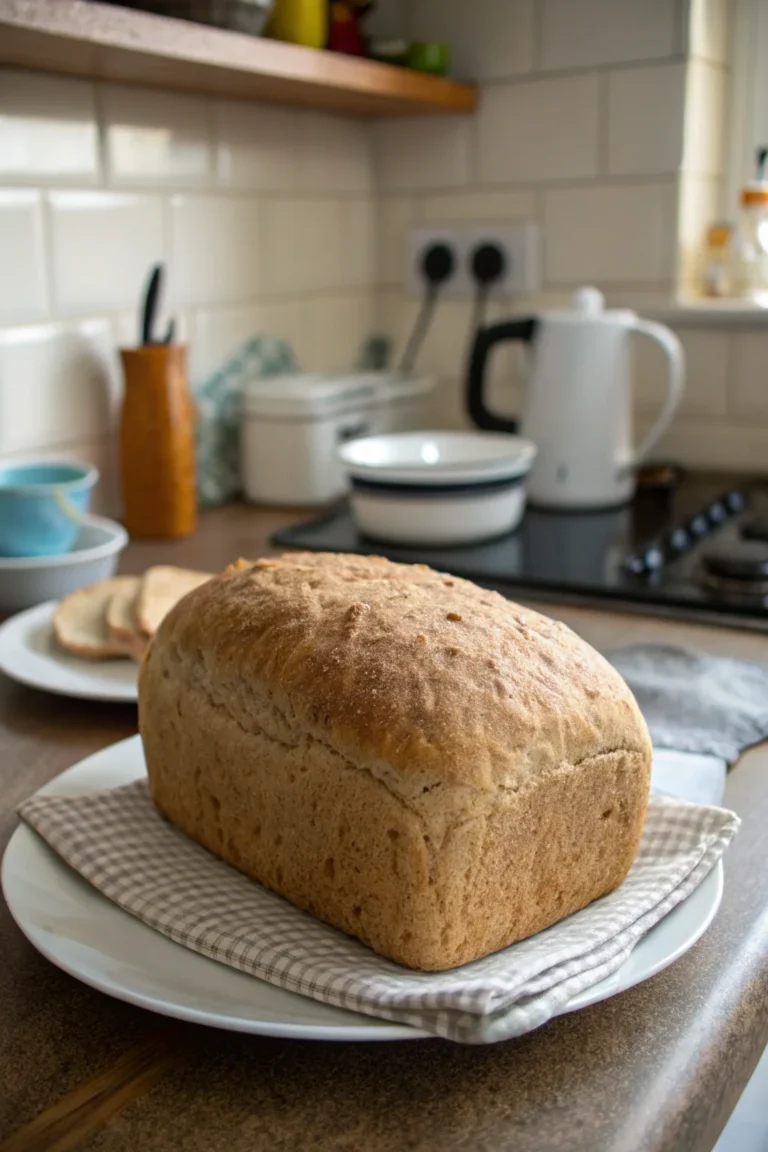Why Do My Brownies Come Out Dry? | Tips for Fudgy Results
Baking brownies should result in a rich, gooey treat, but sometimes they turn out dry and disappointing. If you find yourself wondering why your brownies aren’t as moist as they should be, you’re not alone. Understanding the common pitfalls of brownie baking can help you achieve that perfect fudgy texture every time. Let’s dive into some frequently asked questions to help you troubleshoot and refine your brownie-baking skills.
Table of Contents
What Causes Brownies to Be Dry?

Dry brownies can be the result of several factors. Common culprits include overbaking, incorrect ingredient ratios, or using the wrong type of ingredients. Here are a few key points to consider:
Overbaking: The most common reason brownies turn out dry is overbaking. Always check them a few minutes before the recommended time. Remember, residual heat will continue to cook the brownies even after they’ve been removed from the oven, so taking them out a little early can prevent dryness. If you’re frequently facing this issue, try reducing the oven temperature by 25 degrees Fahrenheit and extend the baking time slightly to ensure even cooking without drying out.
Flour Amount: Too much flour can make brownies dry. Always measure accurately using the spoon-and-level method. This involves spooning the flour into your measuring cup and leveling it off with a knife. Avoid scooping directly from the bag, which can pack the flour and lead to excess. For added precision, consider using a kitchen scale, which can help you maintain consistency in your baking.
Butter vs. Oil: Butter provides flavor, but using oil can keep brownies moist. Consider a mix or substitute to improve moisture. Butter solidifies as it cools, which can make brownies seem dryer, whereas oil remains liquid at room temperature, maintaining a moist texture. If you love the taste of butter but want the moisture of oil, try using half butter and half oil in your recipe.
How Does Baking Time Affect Brownie Moisture?
Baking time is crucial for achieving that perfect brownie texture. If you bake them too long, they will lose their moisture. Here’s how to ensure optimal baking time:
Preheat the Oven: Make sure your oven is fully preheated before baking. An oven thermometer can be a valuable tool to ensure accuracy since some ovens run hotter or cooler than indicated. This can prevent unexpected results and help you achieve consistent results every time.
Check Early: Start checking for doneness 5 minutes before the timer goes off. This is especially important if you’re using a new recipe or a different pan size. Keep a close eye on the edges; they should just begin pulling away from the sides of the pan. Use the back of a spoon to gently press the top of the brownies; they should feel set but still slightly soft in the center.
Toothpick Test: Insert a toothpick into the center. It should come out with a few moist crumbs, not clean. A clean toothpick means the brownies are overbaked, while a wet one means they need more time. If you prefer a very gooey brownie, you might even remove them when the toothpick is slightly wetter than you typically would.
Can I Substitute Ingredients to Make Brownies Fudgier?
Yes, substituting certain ingredients can enhance the fudginess of your brownies:
Use More Fat: Increase the amount of butter or oil for a richer texture. Consider using high-quality unsalted butter to control the amount of sodium in your recipe. Adding a tablespoon of cream or a couple of tablespoons of sour cream can also increase moisture and add a slight tang that enhances the chocolate flavor.
Add Extra Egg Yolks: Yolks add richness and moisture. They contain more fat compared to egg whites, contributing to a denser, fudgier texture. For an even richer result, try adding an extra yolk and reducing the white slightly to see how it affects the texture.
Choose Dark Chocolate: Dark chocolate has higher cocoa butter content, which can make brownies fudgier. Opt for a chocolate with at least 60% cocoa solids for a more intense flavor. Melting some of the chocolate into the batter and reserving some to fold in as chunks can create a delightful mix of textures.
Does the Type of Sugar Affect Brownie Moisture?
The type of sugar can indeed impact the moisture content of your brownies:
Brown Sugar: Contains molasses, which can add moisture and chewiness. It also gives the brownies a deeper flavor profile, enhancing the caramel notes. If you’re experimenting, try using dark brown sugar for even more moisture and a deeper flavor.
Granulated Sugar: Results in a lighter texture. If you want fudgier brownies, consider using half brown sugar. The balance between the two can give you the best of both worlds: structure and moisture. You might also experiment with alternative sugars like coconut sugar for a different flavor profile.
How Important Is the Type of Cocoa Powder?

The type of cocoa powder can affect both the flavor and texture:
Dutch-Processed Cocoa: Provides a deeper chocolate flavor and can contribute to a smoother texture. It has been treated with an alkali to neutralize its acidity, which can result in a milder, smoother taste. This type of cocoa is often preferred for its ability to create a more balanced flavor.
Natural Cocoa: More acidic, which can change the texture slightly. It reacts with baking soda to create a leavening effect, which can make brownies rise more, leading to a cakier texture. If you’re looking for a compromise, try mixing both types of cocoa to achieve a balance of flavor and texture.
What Role Do Eggs Play in Brownie Texture?
Eggs are crucial for binding and adding moisture:
Whole Eggs: Provide structure and moisture. They help emulsify the batter, ensuring even distribution of fats and liquids. If you find your brownies are consistently dry, try slightly increasing the number of eggs or yolks.
Extra Yolks: Adding extra yolks increases richness. If you’re looking for a particularly decadent texture, try adding an additional yolk without increasing the number of whole eggs. This can lead to a creamier, more indulgent brownie.
Egg Whites: Using only whites can make brownies less moist, so avoid if aiming for fudgy results. Whites add protein and structure but can dry out baked goods if used excessively. If you want to experiment with texture, you might try using a whipped egg white to add a slight lift without sacrificing moisture.
Is It Better to Mix by Hand or Use a Mixer?
Hand mixing is generally preferred for brownies:
Gentle Mixing: Prevents overmixing, which can make brownies cakey. Overmixing incorporates too much air into the batter, leading to a lighter, less dense texture. Stir until the ingredients are just combined; a few lumps are better than a smooth batter if you’re aiming for a dense brownie.
Fewer Air Bubbles: Creates a denser, fudgier texture. Using a spatula or wooden spoon allows for better control over the mixing process. If you notice streaks of unmixed flour or cocoa, fold them gently but thoroughly into the batter.
How Can I Store Brownies to Keep Them Moist?
Proper storage is key to maintaining moisture:
Airtight Container: Keeps air out and moisture in. Consider placing a slice of bread in the container to help maintain humidity. The bread will absorb any excess dryness and keep the brownies soft.
Refrigeration: Can dry out brownies. If refrigerating, wrap them tightly in plastic wrap. This prevents them from absorbing odors or moisture loss. For the best flavor, allow refrigerated brownies to come to room temperature before serving.
Freeze: For long-term storage, freeze in airtight containers. Wrap each brownie individually in plastic wrap and place them in a resealable freezer bag to prevent freezer burn. When ready to eat, thaw at room temperature or warm gently in a low oven.
Can Adding Coffee Enhance Moisture in Brownies?
Yes, coffee can enhance both flavor and moisture:
Espresso Powder: Mix with the dry ingredients for a richer chocolate flavor. Even a small amount can significantly deepen the chocolate taste without making the brownies taste like coffee. If you don’t have espresso powder, finely ground coffee can also be used, though it may add a slight texture.
Brewed Coffee: Substitute a portion of the liquid with cooled coffee. This can add depth to the flavor while keeping the moisture content high. If you want a subtle coffee note, replace just a tablespoon or two of the liquid with coffee.
Should I Chill Brownie Batter Before Baking?
Chilling the batter can improve texture:
Resting Time: Allows flour to hydrate, leading to a better crumb. It can also help prevent the brownies from spreading too much during baking. A chilled batter will often yield a more uniform texture with fewer air bubbles.
Enhanced Flavor: Letting the batter rest can deepen chocolate flavors. If time allows, refrigerate the batter for up to 24 hours for the best results. This waiting period can also help create a slightly denser, more luxurious brownie.
Are There Special Baking Pans for Fudgy Brownies?
The type of pan you use can influence brownie texture:
Metal Pans: Conduct heat better for even baking, preventing edges from overcooking. Consider using a light-colored metal pan to reduce the risk of burning. If using a dark pan, check the brownies slightly earlier to avoid overbaking.
Glass Pans: Retain heat, which can lead to overbaking if not monitored closely. If using glass, you may need to reduce the oven temperature by 25 degrees Fahrenheit. Be sure to allow the brownies to cool longer in the pan, as glass retains heat even after being removed from the oven.
How Does Altitude Affect Brownie Baking?
Baking at high altitude requires adjustments:
Reduce Sugar: Helps prevent drying. The lower air pressure at higher altitudes causes sugar to caramelize faster, which can lead to a crispy top. Reducing sugar slightly can help maintain the desired texture.
Increase Liquid: Compensates for drier air at high altitudes. Adding an extra tablespoon of water or milk can help maintain moisture levels. Additionally, reducing the baking time or temperature slightly can prevent drying out.
For more baking tips, check out our article on “Common Cake Baking Mistakes”.
Can Adding Extra Chocolate Chips Make a Difference?
Yes, adding extra chocolate chips can enhance fudginess:
Melting: Creates pockets of melted chocolate. This not only adds to the gooeyness but also intensifies the chocolate flavor. Gently folding in the chips at the end of mixing can help distribute them evenly without overmixing.
Additional Moisture: Adds richness and moisture. Use a combination of milk and dark chocolate chips for a balance of sweetness and depth. You might also experiment with white chocolate or butterscotch chips for a different flavor twist.
Wrap-Up
Achieving fudgy, moist brownies is all about balancing ingredients and baking time. By understanding the role each component plays in your recipe, you can make adjustments to perfect your brownies. Remember to test different techniques and find what works best for your taste. For more delicious dessert recipes, visit our dessert recipe collection. Happy baking!
More on dessertpedia.blog • Search “Why Do My Brownies Come Out Dry? | Tips for Fudgy Results”






